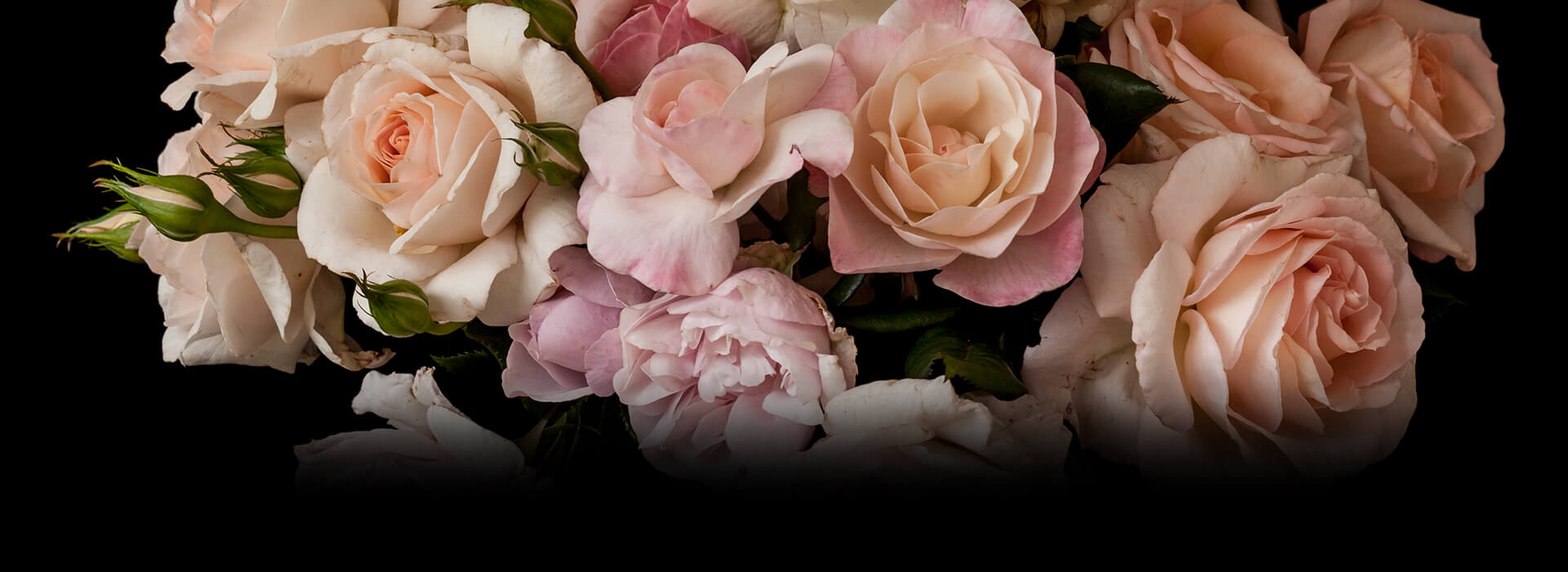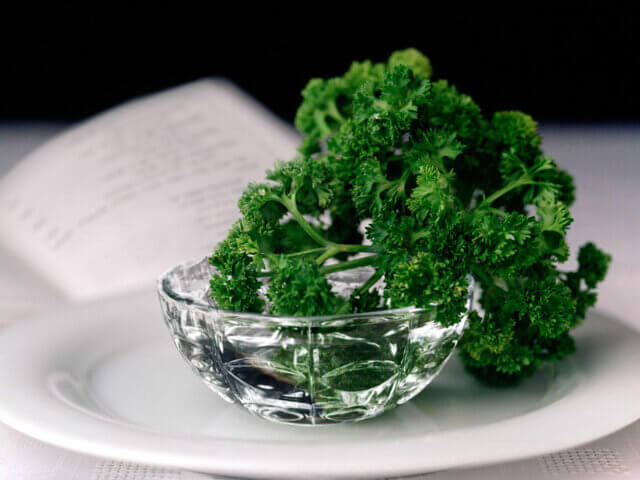I am often asked why I do what I do and what led me to be so all consumed by symbolism in my photographs. Well, the answer to the latter question is simple, I grew up with it. In my Jewish culture food takes on a significance that becomes part of one’s upbringing. At this time of year, as we approach the second Seder Night (which marks the start of Passover) when we are unable to meet with family and friends, my thoughts have been returning to why this symbolism means so much to me.
As we all, ever so slowly, plan our way out of lockdown; as we can start to hope there might be a future more like our past; and as we step, blinking, into the daylight when we can meet with and even hug our nearest and dearest, I can’t help but think about the story of Exodus told at the Seder table, when the Israelites were released from slavery.
On the table are foods that help tell that story. Shown here is a photograph that formed part of a series I did many years ago on 5×4 film with each element having its portrait taken. This is Karpas, (parsley) which is dipped into salt water and then eaten – the salt water reminding us of the tears the slaves shed. The action of doing this prompts the youngest at the table to ask “why is tonight different from all other nights?”, and so begins the telling of the story.
Likewise Easter will be spent apart from our loved ones. The two festivals are inexorably linked, with the Last Supper often considered to be a Seder meal. So here we are, both Jews and Christians, deprived of family gatherings because of the pandemic and hoping that it won’t be long before we can meet and eat together again.
Creating an atmosphere around something as simple as a piece of parsley is a challenge. Added to that all of the photographs (seven in all) had to work as a series with the same look and feel. When photographing food, freshness is key so it was essential to keep the parsley cool while setting up the shot. The bowl had to be sparkling clean – not easy with water that has such so much lime in it. The book beyond the plate is called the Haggadah which contains the service we follow and it needed to be enough in focus so the viewer could see there was print on the page, but not actually read it. I wanted all the photographs in the series to have a very shallow depth of field so it feels like we are looking back into the mists of time. It was essential that the viewer could see the parsley through the water in the bowl too, so the angle was critical. Once I was content that the scene had been set, using the Sinar camera, I took numerous Polaroids to check I was happy with the depth of field and the light, before finally committing to 5×4 sheet film.
It took a long time to get right and that is the way I still take my photographs even though now I use a digital camera. The process is the same. Time and plenty of it. Checking how the light is meeting the subject. What detail can I see? Do I need to reflect some more light into an area that is a little dark? Looking, again and again to see it is telling the story I want it to. We are so used to photographs being taken quickly in this digital age, with so many of us using our phones to snap away, my clients find it reassuring that my photographs involve care, thought and time.
So all the symbolism woven into my photographs comes from a very real curiosity about how everyday things become so imbued with meaning. This knowledge has expanded from my food photographs to my flower pieces and so all my photographs come with that rich cultural heritage, from me to you.


